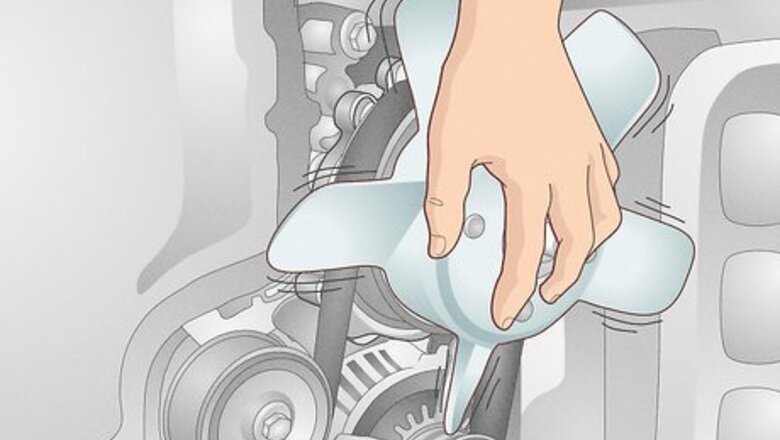
views
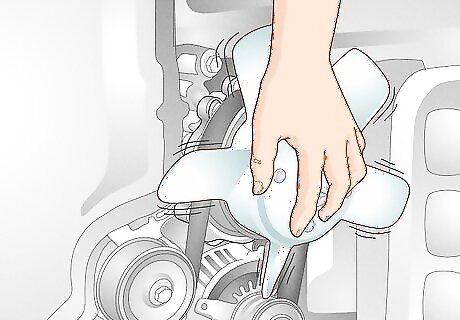
Confirm that the water pump is nonoperational by examining the functionality of the bearings by manually jostling the fan blade. This applies to fan operated cooling systems. The fan bearing should remain firmly seated if it is not in need of repair.
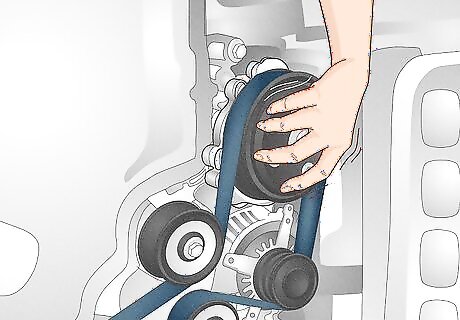
Jiggle the pulley that operates the pump in the case of a motorized fan. The shaft should remain tight if it is working properly.
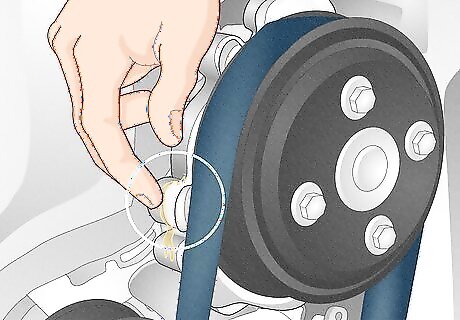
Inspect the pump casing for splotches, caused by an inordinate amount of fluid leakage, which would indicate a faulty seal. A few drops of water should sweat from the vent hole over a long period of time, but a ruined seal will cause excessive overflow.
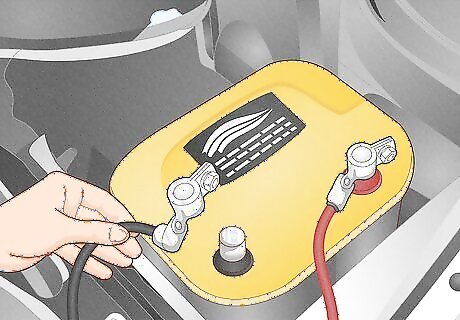
Detach the negative battery line once the faulty water pump has been verified.
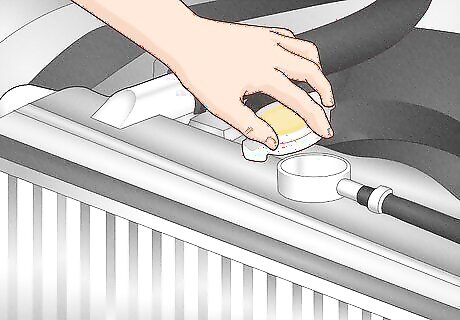
Remove the radiator cap and empty the radiator by disengaging the valve under the front passenger's side.
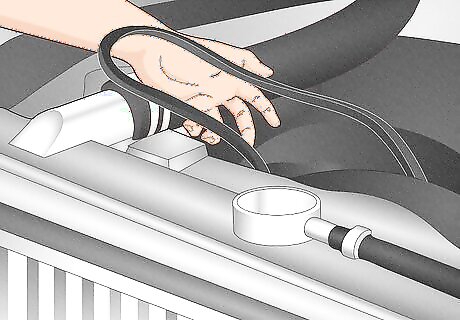
Remove the fan belt, if one is present.
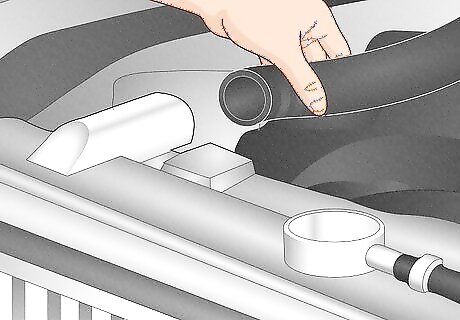
Detach the radiator hoses.
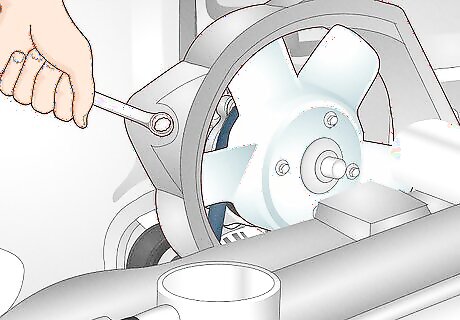
Unbolt the fan shroud, found on the water pump's shaft.
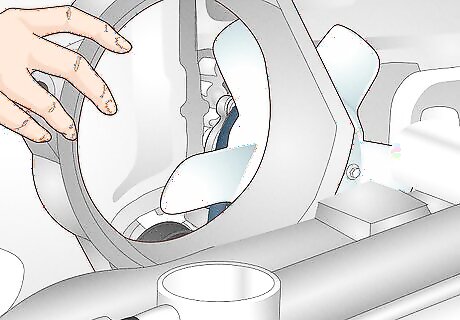
Remove the fan shroud.
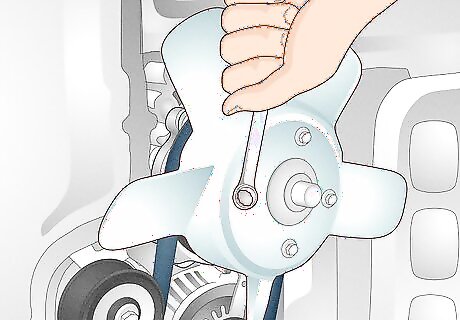
Remove the bolts from the fan and dislodge it.
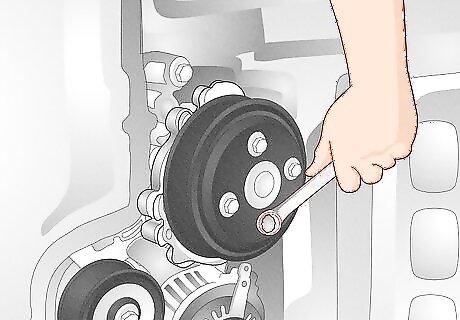
Disengage the bolts from the drive pulley and remove it.
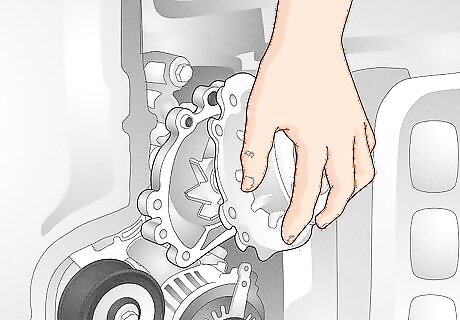
Dislodge the bolts from the dysfunctional water pump and remove it.
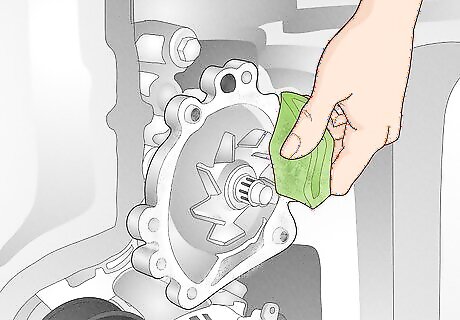
Scrape any dirt and debris away from the area surrounding the gaskets.
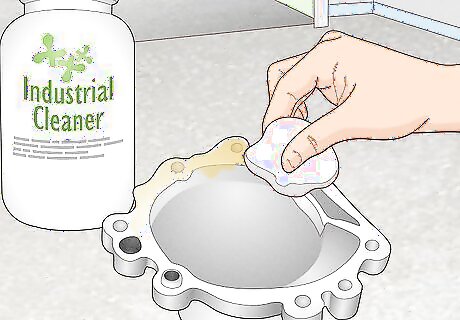
Apply industrial cleaning solution to the area and clean it thoroughly.
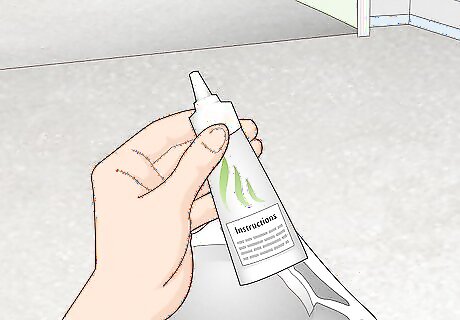
Follow the water pump manufacturer's instructions regarding sealant for the gaskets.
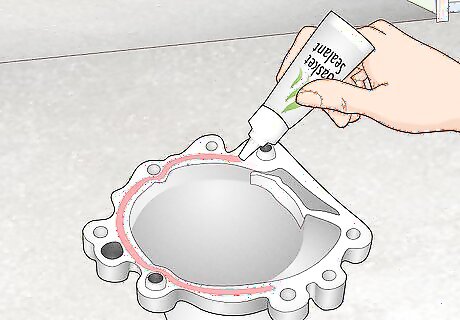
Apply gasket sealant, if directed.
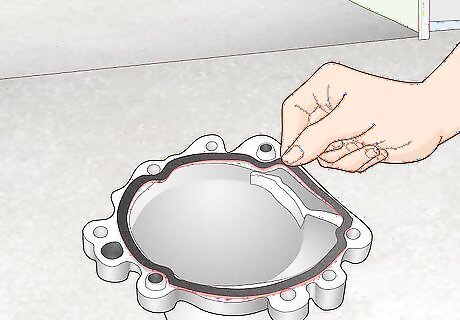
Install the replacement gaskets.
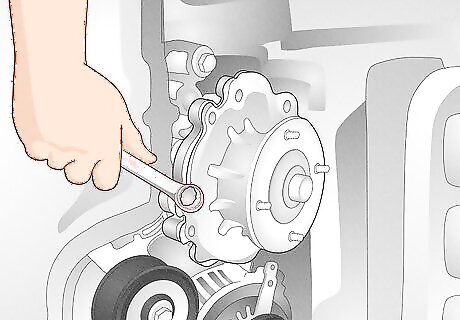
Position the replacement water pump and secure the bolts.
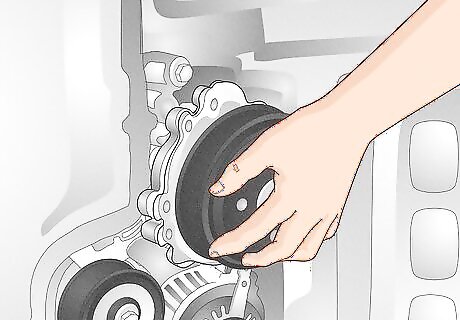
Reinstall the drive pulley.
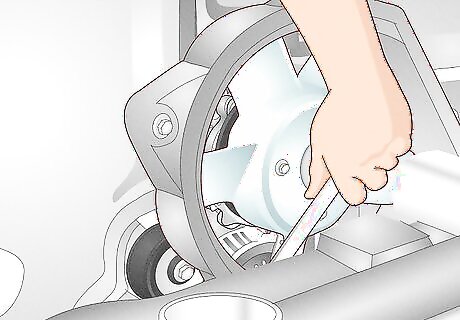
Position the fan and the shroud and reinstall the bolts.
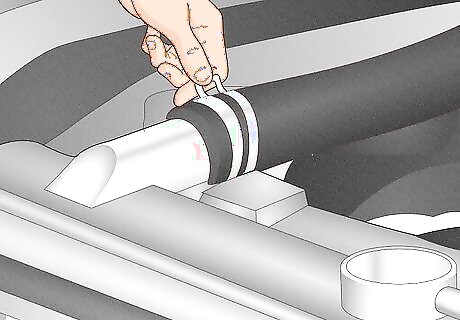
Reattach the radiator hoses.
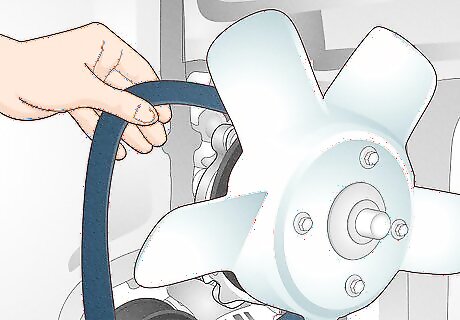
Reinstall the fan belt, referring to the manufacturer's belt routing diagram.
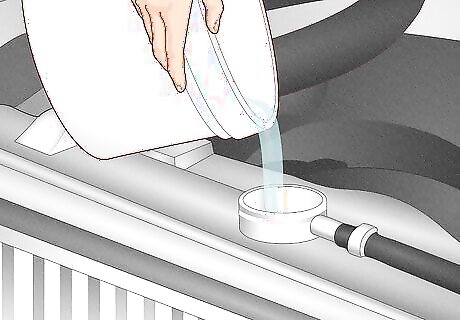
Confirm that the radiator valve is closed and refill the radiator.
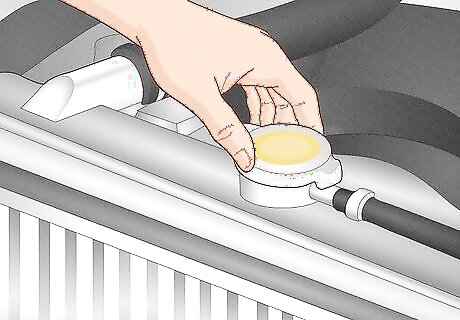
Seal the radiator cap.
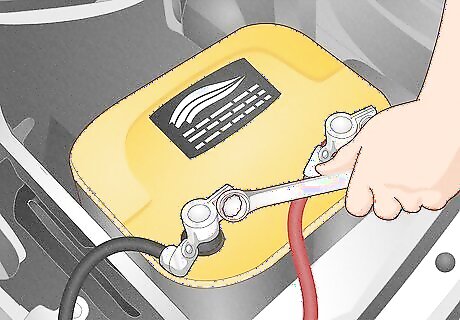
Reconnect the negative battery cable.
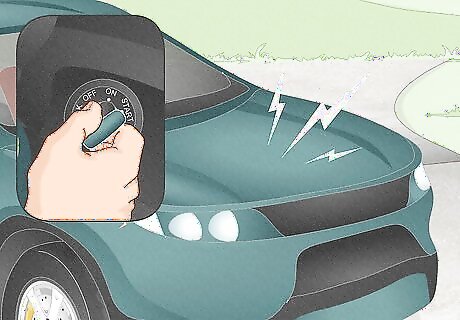
Start the car and verify that there are no irregular noises or leaks.




















Comments
0 comment